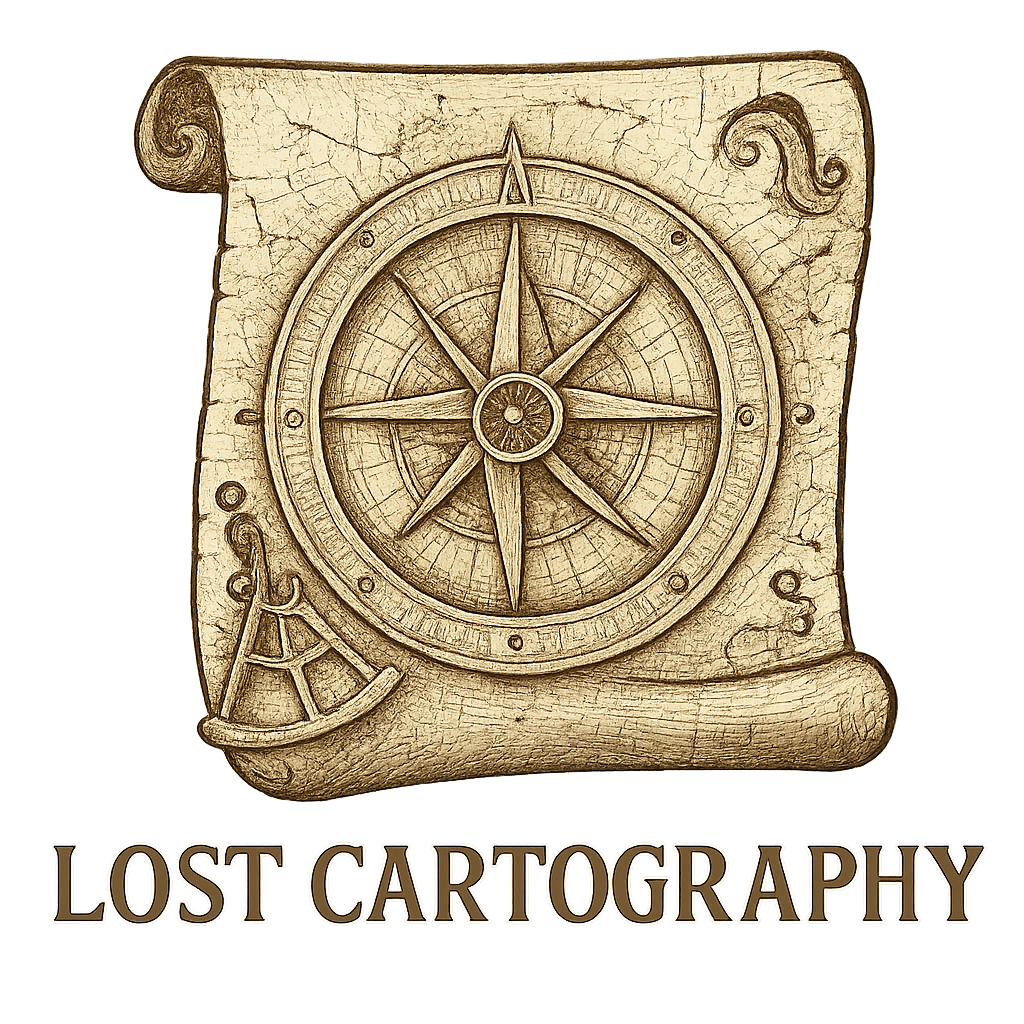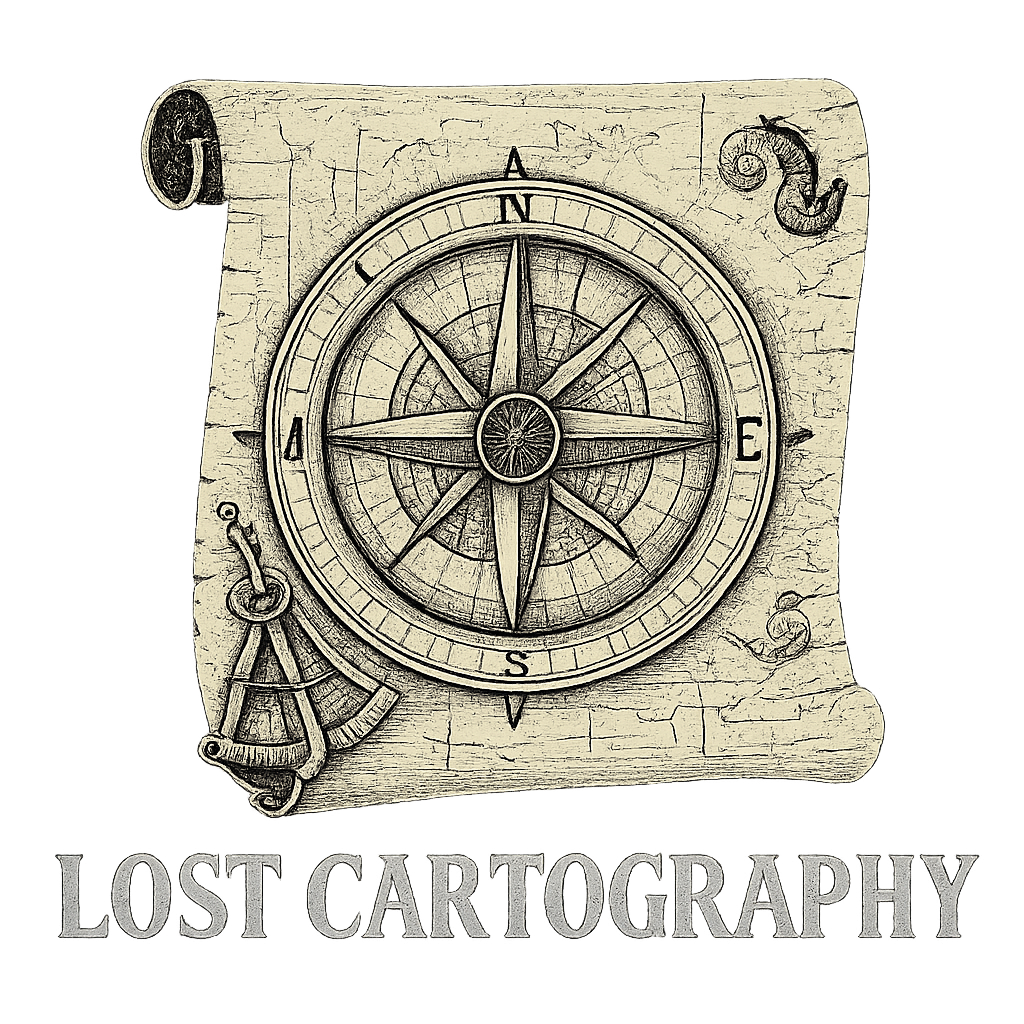Now Reading: The Myth of Lost Continents: Atlantis, Mu, and Lemuria in Ancient Maps
-
01
The Myth of Lost Continents: Atlantis, Mu, and Lemuria in Ancient Maps

The Myth of Lost Continents: Atlantis, Mu, and Lemuria in Ancient Maps
The human imagination has long been captivated by tales of vanished lands and forgotten civilizations. From ancient Greek philosophers to Victorian-era explorers, the search for lost continents has driven countless expeditions and inspired generations of scholars.
These mythical lands hold a special place in human culture, appearing in creation myths and oral traditions across diverse societies. The Aztec legend of Aztlán, the ancestral homeland of the Aztec people, mirrors similar stories found in cultures worldwide. Ancient Hindu texts speak of Jambudvipa, a sacred continent at the center of the world, while Norse mythology tells of Asgard, the realm of the gods.
The belief in lost continents gained particular momentum during the Age of Exploration (15th-17th centuries). As European sailors ventured into unknown waters, they encountered mysterious islands and uncharted territories. These discoveries fueled speculation about ancient landmasses that might have once existed. The discovery of underwater ruins and inexplicable archaeological findings added credibility to these theories.
Historical maps from this period often featured intriguing anomalies – phantom islands, mysterious landmasses, and unexplored regions marked with warnings of sea monsters. These cartographic curiosities reflected both the limited geographical knowledge of the time and the human tendency to fill in blank spaces with imaginative possibilities.
The allure of lost continents persists in modern times, inspiring:
- Archaeological expeditions
- Scientific research
- Literary works
- Popular media
- Alternative historical theories
This enduring fascination reveals humanity’s deep-seated desire to uncover hidden histories and connect with our ancient past.
1. Atlantis: The Most Famous Lost Continent
Plato’s dialogues Timaeus and Critias introduced the world to Atlantis, sparking a centuries-long quest to uncover this legendary civilization. In these texts, Plato describes Atlantis through the voice of Critias, who claims the story was passed down through Egyptian priests.
According to Plato’s accounts, Atlantis possessed:
- A central island featuring concentric rings of land and water
- Rich deposits of orichalcum, a mysterious red metal
- Advanced architectural achievements, including grand temples and harbors
- A sophisticated political system with a complex hierarchy
- A powerful military force of 10,000 chariots
The geographical location of Atlantis remains a subject of intense debate. The Mediterranean theory, supported by archaeological evidence, suggests the Minoan civilization on Crete as a potential candidate. This theory draws parallels between the Minoans’ sudden decline and Plato’s account of Atlantis’s destruction.
The Antarctica hypothesis presents a different perspective, proposing that Antarctica was ice-free during ancient times and could have supported an advanced civilization. This theory aligns with the Piri Reis map of 1513, which allegedly shows Antarctica’s coastline before its ice coverage.

Research by Dr. Robert Ballard, renowned for discovering the Titanic wreckage, suggests that natural disasters like those described in Plato’s account have occurred throughout history, lending credibility to the possibility of a lost civilization.
2. Mu and Its Mystical Legacy
The mysterious continent of Mu emerged in archaeological discourse through the work of Augustus Le Plongeon, a 19th-century explorer who spent years studying Maya ruins in Yucatan. In his publication “Queen Moo and the Egyptian Sphinx,” he introduced Mu as a Pacific civilization that predated ancient Egypt.
Le Plongeon’s research painted Mu as a sophisticated realm spanning the Pacific Ocean, larger than South America. He claimed the Naacal civilization inhabited this lost continent, possessing advanced knowledge in sciences, arts, and architecture that influenced cultures worldwide.
James Churchward amplified these theories in the 1920s through his series of books, starting with “The Lost Continent of Mu.” Drawing from alleged ancient tablets and texts, Churchward described Mu as:
- A paradise-like civilization housing 64 million inhabitants
- A landmass stretching from Hawaii to Fiji and Easter Island
- The birthplace of human civilization, dating back 50,000 years
- Home to advanced technology and spiritual wisdom
Churchward’s work linked Mu to global migration patterns, suggesting that survivors of its destruction established new civilizations across Asia and the Americas. His theories gained significant attention during the early 20th century, inspiring numerous works of literature and alternative archaeology studies.
Recent archaeological findings in the Pacific region have uncovered evidence of ancient maritime cultures, though none support the existence of a lost continent.
3. Lemuria: The Forgotten Continent
Lemuria is a hypothetical continent that was proposed by British zoologist Philip Sclater in 1864. He suggested the existence of this landmass to explain the unusual distribution of lemur fossils found in Madagascar and India, but not in Africa or the Middle East. Sclater believed that there must have been a land bridge that once connected these distant regions, allowing the primates to migrate between them.
Lemuria’s Influence on Human Evolution Theories
The idea of Lemuria intrigued German biologist Ernst Haeckel, who in 1876 put forth the notion that it was also the birthplace of humanity. At a time when scientists were grappling with questions about human origins, Haeckel’s theory offered an explanation that resonated with many. His book “The History of Creation” presented Lemuria as the cradle of human evolution, where the first humans emerged.
Haeckel’s theory gained popularity among scientists before continental drift theory became widely accepted. It provided a framework for understanding how different species evolved and spread across continents.
The Broader Impact of Lemuria
The concept of Lemuria extended beyond scientific discussions:
- Spiritual Teachings: Theosophists incorporated Lemuria into their belief systems, viewing it as a spiritually significant place.
- Legends of Advanced Civilizations: Tales began circulating about highly developed societies that once thrived on this lost continent.
- Cultural Claims: Tamil writers asserted that Lemuria was actually Kumari Kandam, their ancestral homeland.
The Shift in Understanding
The scientific community’s perspective on Lemuria underwent a significant change with the advent of plate tectonics. Recent geological studies have established that Madagascar and India were indeed connected, but not through a submerged continent as previously thought. Instead, they were part of Gondwana, an ancient supercontinent that broke apart millions of years ago.
This new understanding challenged Haeckel’s theories and reinforced the importance of geological processes in shaping Earth’s history. While Lemuria may no longer hold scientific validity, its legacy lives on as a reminder of humanity’s quest to unravel the mysteries of our past.
4. Ancient Maps and the Legends of Lost Continents
Ancient maps played a significant role in spreading myths about lost continents, combining geographical knowledge with artistic creativity. The Piri Reis map, made in 1513, caused much discussion by showing Antarctica long before it was officially discovered – supporting theories about advanced ancient civilizations that knew about unexplored lands.
Filling the Gaps: Cartographers and Their Imagination
Medieval mapmakers often filled unknown areas with imaginative elements:
- Terra Australis Incognita appeared on maps as a large southern continent, which some theorists connected to Atlantis
- The Athanasius Kircher map from 1669 showed one of the first detailed pictures of where Atlantis was thought to be
- Phantom islands like Antillia frequently showed up on 15th-century maps, strengthening beliefs in lost lands
The artistic additions on these maps – such as sea monsters and intricate compass designs – created an air of mystery around unexplored regions. Cartographers like Heinrich Bunting intentionally combined reality with symbolism in their maps, portraying Europe as a queen and Asia as Pegasus.
Shaping Beliefs: The Power of Cartography
The Waldseemüller map of 1507 demonstrated how maps could influence cultural beliefs. It became the first map to label the New World as “America,” while still including speculative landmasses based on ancient texts and sailors’ stories.

5. Modern Perspectives on Lost Continents
The scientific understanding of plate tectonics has completely changed how we view Earth’s geological history. In the early 20th century, geologist Alfred Wegener conducted research that introduced the idea of continental drift, which set the stage for today’s plate tectonic theory.
How Continents Move
Geological evidence shows that continents don’t go underwater as suggested by lost continent stories. Instead, they:
- Move horizontally across Earth’s surface
- Collide to form mountain ranges
- Split apart to create new ocean basins
- Undergo subduction at plate boundaries
What We Know About the Ocean Floor
Advanced seafloor mapping has found no signs of sunken landmasses in the Pacific or Atlantic Oceans. Using seismic studies and satellite gravity measurements, scientists have created detailed images of the ocean floor that reveal:
- Mid-ocean ridges
- Deep-sea trenches
- Seamount chains
- Underwater volcanic formations
Evidence from Ancient Landmasses
The geological record contains proof of ancient supercontinents like Pangaea and Gondwana. These massive landmasses formed and broke apart naturally over millions of years, leaving clear marks in rock formations and fossil distributions. Instead of relying on stories of lost continents sinking, modern science explains these patterns using the principles of plate tectonics.
The Enduring Fascination with Lost Continents
The myths of Atlantis, Mu, and Lemuria continue to captivate our collective imagination in the 21st century. These legendary lands have inspired countless books, movies, and video games, from Indiana Jones to Aquaman. Popular culture regularly reimagines these lost worlds, creating new narratives that blend ancient mythology with modern storytelling.
Archaeological expeditions still draw inspiration from these tales, leading to real discoveries of submerged cities and forgotten civilizations. The discovery of Göbekli Tepe in Turkey and underwater structures off Japan’s coast demonstrate how myths can guide scientific exploration.
These lost continent myths serve as powerful metaphors for:
- Environmental conservation and the threat of rising sea levels
- The search for human origins and cultural identity
- The possibility of advanced ancient civilizations
- Humanity’s eternal quest for hidden knowledge
The enduring appeal of lost continents reflects our desire to uncover the mysteries of our past and our hope that somewhere, beneath the waves or hidden in remote corners of the Earth, extraordinary discoveries await.

























